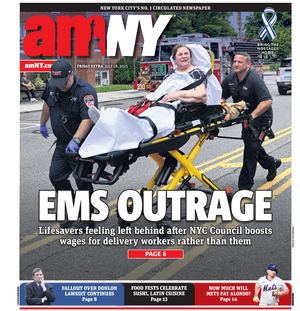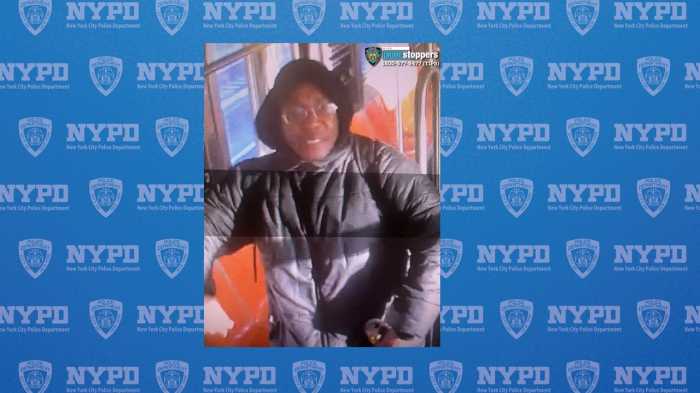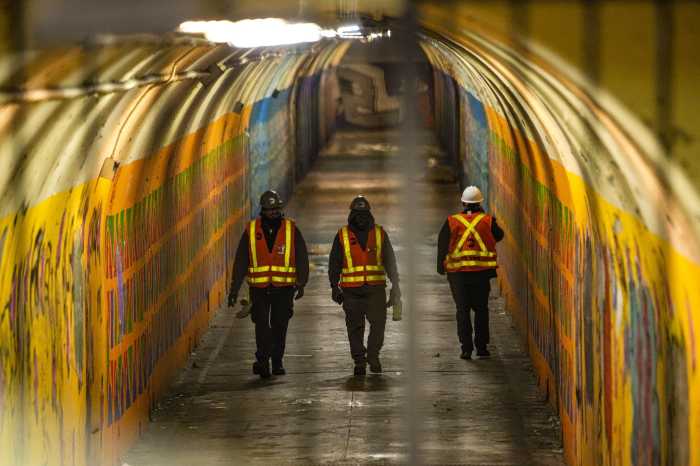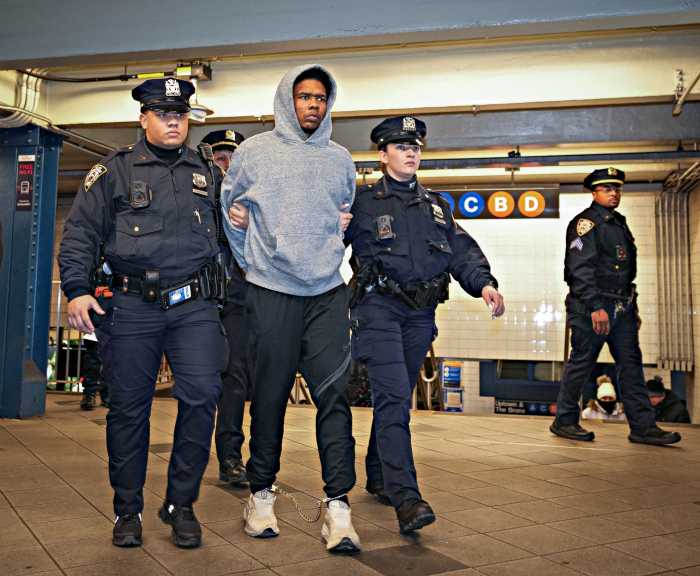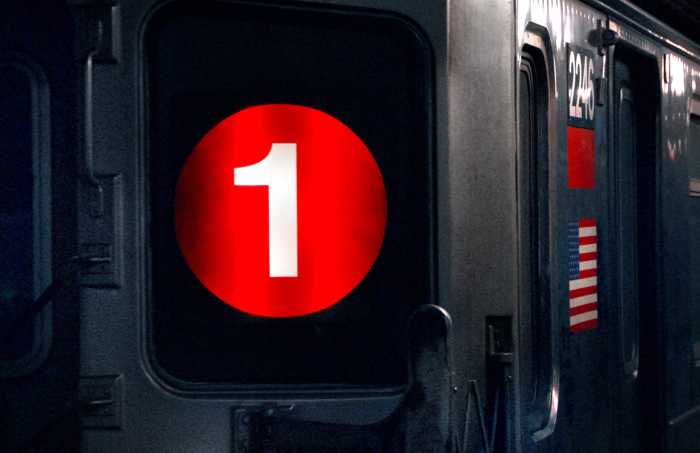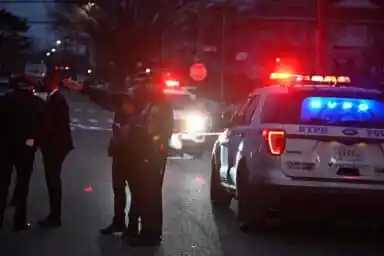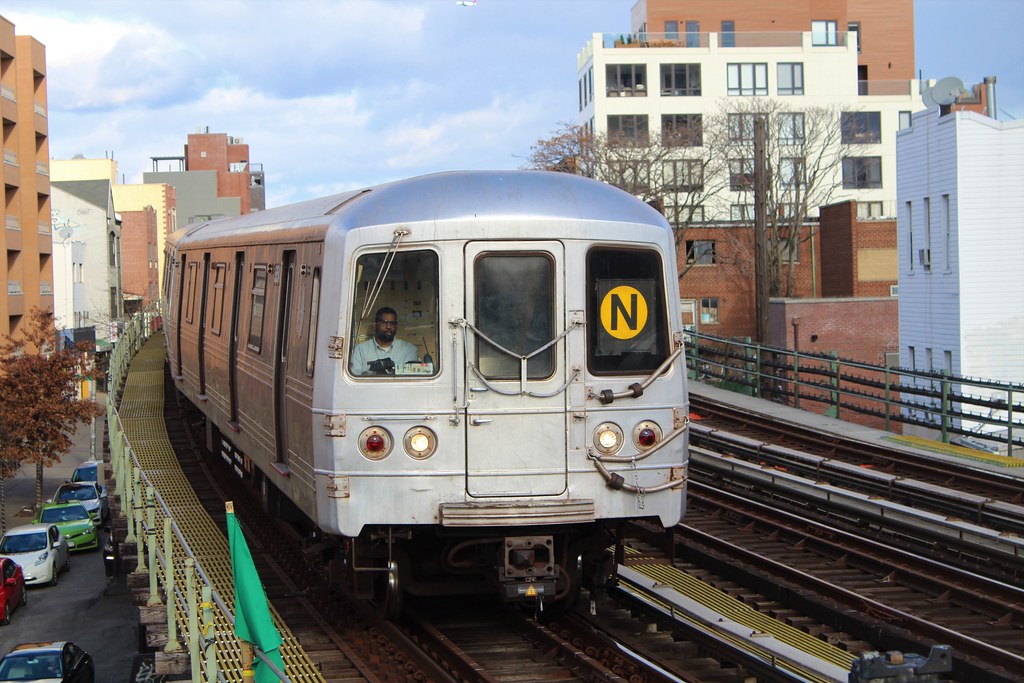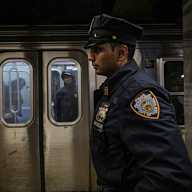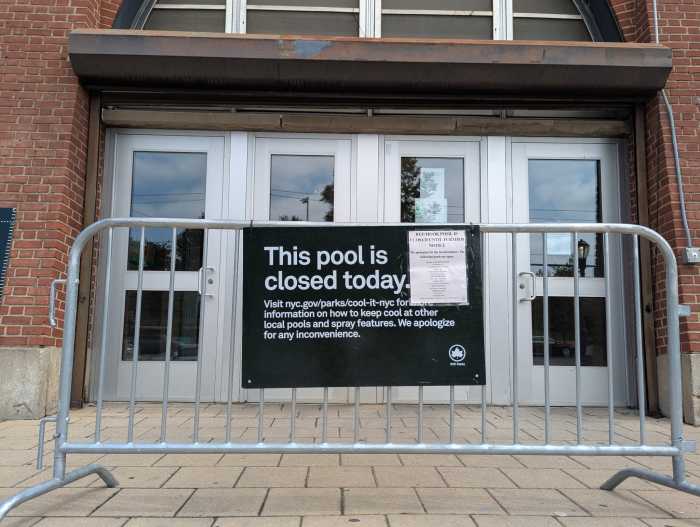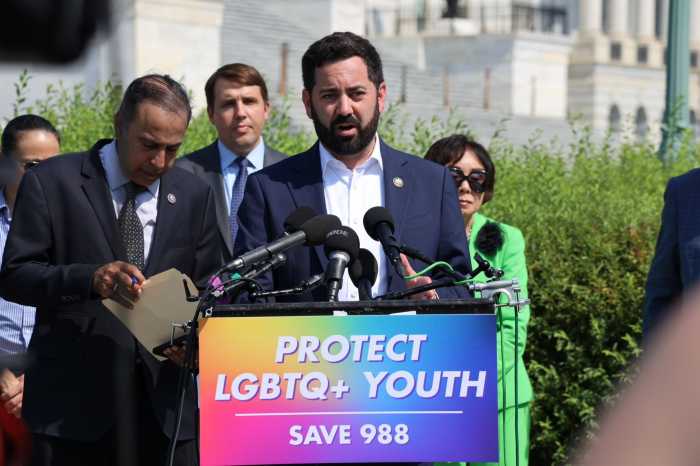The NYC subway system and commuter trains faced severe disruptions Monday night into Tuesday as torrential rain drenched parts of the city, leading to widespread flooding in some stations.
Commuters experienced significant delays and service suspensions across multiple lines, including the 1, 2, and 3 and the southern segment of the Staten Island Railway, as the city struggled to cope with the flooding mayhem.
Over 2.5 inches of rain fell in Central Park as a result of the storm. JFK and LaGuardia Airports received about an inch of water.
MTA Chair and CEO Janno Lieber said on NY1 News at 8 a.m. on Tuesday that there is service on all MTA systems.
But it was a different story overnight.
Flooding on the 1 line
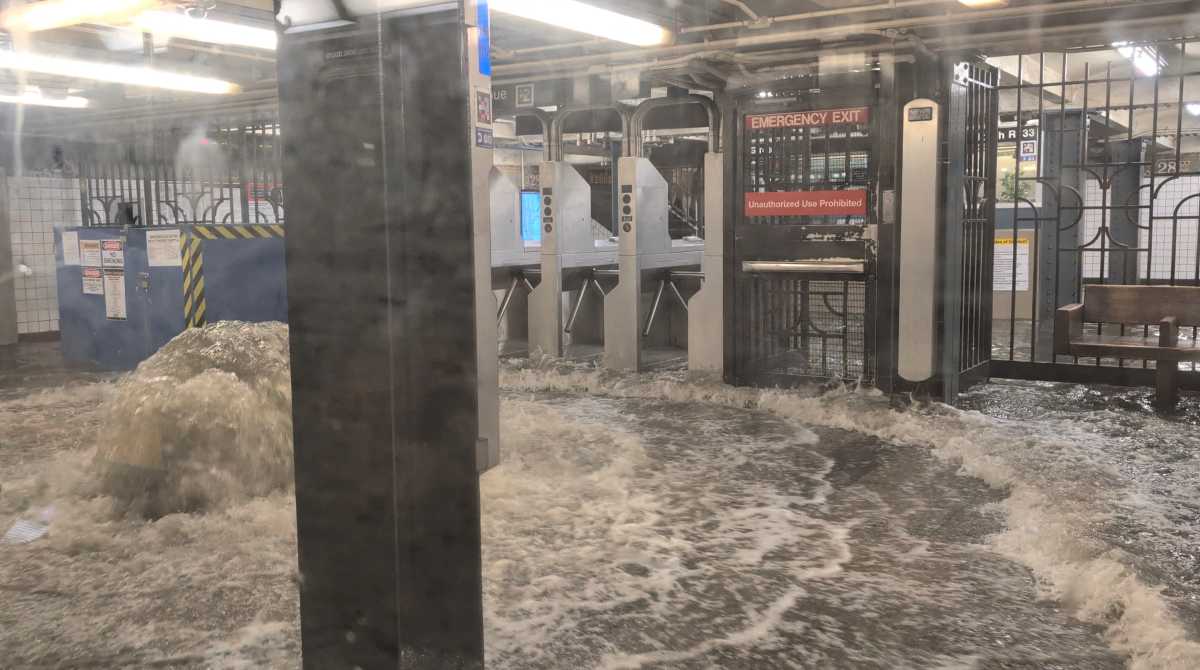
Videos posted to social media showed shocking scenes of subway platforms submerged under several inches of water, and water pouring down stairwells. In one widely circulated clip of the 1 train at 28th Street in Chelsea, passengers were seen standing and lifting their feet onto railcar seats to avoid floods violently pouring into open train doors.
View this post on Instagram
Lieber explained that the surge was a result of the city’s sewer system backing up.
“The social media video tells us an important story that we have to deal with, which is that the city’s sewer system — the stormwater management system that goes through the subway stations — doesn’t have the capacity to deal with rainfall in excess of a 1.5 to 1.34 inches,” he said.
The 28th Street station was submerged by 2.1 inches overnight.
“That’s when the big backups happen,” Lieber said. “There is a ton of stuff going on with the MTA trying to prevent water from getting into the system. We need the City of New York to increase the capacity of its stormwater management system.”
Lieber also said during the interview that Gov. Kathy Hochul has committed to a $700 million investment in climate resilience.
“It will allow us to do a ton of stuff, not just in the subways, but for the Hudson Line, which goes up the Hudson River,” he said. “If we don’t raise it and improve the water management, the embankments are going to continue to slide down the hill during these kinds of rainfalls and cover the tracks.”
Danny Pearlstein, policy and communications director for the Riders Alliance, said the floods made clear that climate change must be addressed in shoring up the subway system and safeguarding it from future heavy rain events.
“Again and again, subway flooding tells us that climate change is real, it’s here and it’s urgent. Millions of commutes hinge on bold action both to prevent things from getting worse and to protect New Yorkers from extreme rain, dangerous heat and rising tides,” Pearlstein said. “We need both investments in infrastructure to absorb stormwater that now floods the subway and much better buses as backup when trains are out of service.”
The torrential rains, which began late Monday, hit NYC hard above ground, too. The heavy rains caused bus delays and slowed traffic due to poor visibility. Fast-moving surges of water flooded streets around the city, including Richmond Avenue, a major thoroughfare on Staten Island.
Tuesday’s forecast calls for sunny skies and high-low temperatures of 86 and 77 degrees.
